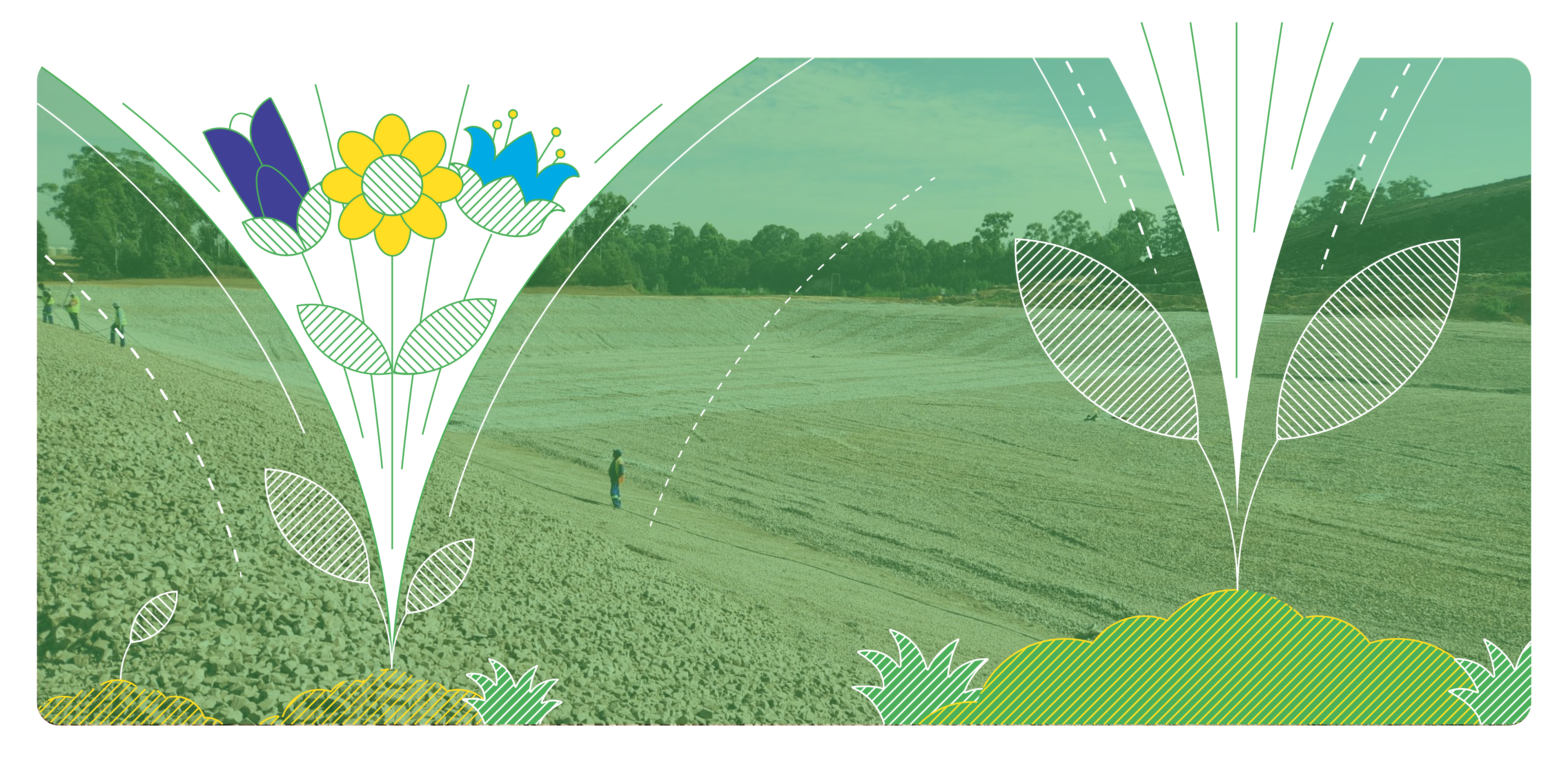The world is shifting toward sustainable energy solutions, and waste management plays a vital role in this transition. At Interwaste’s Waste Derived Fuel (WDF) Facility, located at Germiston Hub, we are at the forefront of this movement. By converting high-calorific waste into alternative fuel, we’re not only reducing carbon emissions but also providing industries with a cleaner energy source by reducing their fossil fuels consumption. This blog explores how the WDF Facility transforms waste into fuel and the environmental benefits it brings.
What is Waste Derived Fuel?
Waste Derived Fuel (WDF) refers to fuel produced from waste materials that are high in energy content. These materials can include certain types of industrial sludge, liquids, and hydrocarbon-rich waste. Instead of being disposed of in landfills, these waste streams are processed and converted into a specified fuel that can replace traditional fossil fuels such as coal. At our Germiston Hub, we specialize in producing this substitute fuel, which can be used by energy-intensive industries like cement manufacturing.
How the Waste Derived Fuel Process WorksThe process of converting waste into fuel at our Germiston facility involves several key steps:
- Waste Selection: Only certain types of waste with a high calorific value are suitable for WDF production. We accept a variety of hydrocarbon sludges and liquids, particularly from sectors such as petrochemicals, which have high energy potential.
- Pre-Treatment: The waste is tested and pre-treated to ensure it meets the required specifications for fuel production. Parameters such as calorific value, moisture content, elemental composition and flammability are carefully evaluated to determine the waste's suitability for conversion.
- Fuel Production: The selected waste is processed using advanced techniques to prepare a fuel that meets end-user specifications. This fuel is then used as a substitute for traditional fossil fuels in energy-intensive industries, significantly reducing carbon emissions.
- Quality Control: The produced WDF is subject to rigorous quality control to ensure it meets the specific requirements of the industries that will use it. Factors such as combustion efficiency, energy output and potential impact on air emissions are tested to ensure the fuel performs effectively.
Waste Types Handled by the WDF Facility
At the Germiston Hub, we handle various types of waste, including:
- Hydrocarbon sludges and liquids
- Certain types of industrial waste with high calorific value
- Qualifying waste from a variery of industry sectors, including the petrochemical industry.
These waste types, which would otherwise end up in landfills or incinerators, are transformed into a valuable energy resource that supports industries looking to reduce their environmental impact.
The Environmental Benefits of Waste Derived Fuel
One of the most significant advantages of WDF is its ability to reduce carbon emissions. By converting waste into fuel, we provide an alternative to coal and other fossil fuels, which are major contributors to greenhouse gas emissions. In addition to carbon reduction, WDF helps:
- Reduce landfill usage: By diverting waste from landfills, we help minimize the potential environmental impact of waste disposal, including the generation of harmful gases like methane.
- Promote resource recovery: Instead of managing these wastes to landfill, WDF turns it into a resource, supporting the principles of the circular economy.
- Reduce reliance on traditional fossil fuels: As industries transition to more sustainable practices, WDF offers a viable solution for reducing reliance on fossil fuels.
Supporting the Circular Economy
The Waste Derived Fuel Facility at Germiston Hub plays a vital role in promoting the circular economy. By converting waste into a usable fuel, we close the loop on resource recovery. Instead of waste being discarded and new non-renewable raw materials being extracted, we use waste to create energy. This reduces the demand for non-renewable resources and helps industries adopt more sustainable practices.
Interwaste’s WDF Facility operates in compliance with applicable Acts and Regulations. Our processes are designed to minimize any related environmental impact, ensuring that all waste is handled safely and responsibly. We also work closely with industries that use WDF to ensure that they meet their sustainability goals and enviro-legal compliance, while adhering to strict safety standards.
Industries Benefiting from Waste Derived Fuel
WDF is an ideal energy solution for energy-intensive industries that are looking to reduce their carbon footprint through coal substitution. Industries that benefit from WDF include:
- Cement manufacturing: Cement production is energy-intensive, the WDF offers an alternative to coal, helping this industry meet its sustainability targets.
- Power generation: Some power plants use WDF as a substitute for fossil fuels, reducing their reliance on traditional fossil fuels.
- Petrochemical industries: Petrochemical plants generate hydrocarbon-rich waste, which can be converted into fuel, providing an efficient, circular solution, by processing their waste into WDF thereby reducing their environmental impact through landfill avoidance.
As the demand for sustainable energy solutions grows, the Waste Derived Fuel Facility at Germiston Hub is leading the way in converting waste into alternative fuel. By transforming high-calorific waste into a substitute fuel, we’re helping industries reduce their carbon emissions and support the circular economy. If you’re looking for a cleaner, more sustainable energy solution, Interwaste’s WDF Facility is the answer.


SUBMIT YOUR COMMENT